So, you’re sitting in Australia, scrolling through your travel bucket list, and there it is: Everest Base Camp. The name alone is enough to spark something inside you. After all, this isn't just any trek – it's a journey into the heart of the Himalayas, the place where mountains feel like they touch the sky, and the air is so pure it practically tingles.
But Everest Base Camp isn’t just for hardcore mountaineers or thrill-seekers. It's a challenge, yes, but it's also doable for everyday folks who want to push themselves, breathe in a whole new culture, and make memories that will last a lifetime. This guide will walk you through what to expect, what to bring, and, of course, what it’s going to cost. Ready to swap your beach towel for hiking boots? Let’s go!
The Everest Base Camp trek is a popular adventure for outdoor enthusiasts from Australia. This 12-14 day journey takes trekkers through the Khumbu region of Nepal, offering access to the world's highest mountain.
The trek typically starts with a short flight to the mountain town of Lukla. From there, the path gradually ascends through forests, passing by traditional Sherpa villages. Trekkers will be treated to views of snow-capped peaks throughout the trek, with Everest itself becoming more prominent as the route progresses.
As the trail gets higher, the landscape transforms from lush valleys to rocky, glacier-covered terrain. Trekkers will navigate rugged paths, cross high bridges, and even walk on the Khumbu Glacier before reaching Everest Base Camp at 5,364 metres (17,598 feet) above sea level. This is the key destination, where climbers begin their summit attempts.
While reaching Base Camp is the primary goal, the entire journey is rewarding. Experiencing Sherpa culture and the stunning Himalayan scenery, as well as pushing personal limits, all contribute to an unforgettable adventure.
Proper preparation is essential for the Everest trek. Acclimatising to the altitude, packing appropriate gear, and hiring local guides and porters are crucial. But for those willing to put in the work, the experience of standing at the foot of the world's highest mountain is truly life-changing.
For outdoor enthusiasts, reaching Everest's base camp is the ultimate bucket list goal. But this trek offers much more than just bragging rights.
Trekking through Nepal's stunning Himalayan landscape allows you to truly connect with the natural world in a profound way. You'll also have the chance to immerse yourself in the local Sherpa culture, forming meaningful bonds with the warm and welcoming people who call these mountains home. Experiencing the simple yet spiritual Buddhist way of life provides a refreshing contrast to the hectic pace of modern Australian living.
Conquering the physical and mental challenges of this high-altitude trek will also work wonders for your self-confidence. Each obstacle you overcome - be it a steep hill, a frozen river crossing, or a freezing overnight in a teahouse - builds resilience and problem-solving skills that you can apply to any challenge in life. You'll return home with a renewed sense of what you're capable of achieving.
So if you're craving an escape from the ordinary, a chance to push your boundaries, and experiences that will stay with you forever, then the Everest Base Camp trek could be the transformative journey you didn't know you needed. Reach for the roof of the world, and you may be amazed at how your horizons expand.
Alright, let's talk gear. When you're trekking to Everest Base Camp, you've gotta have the right stuff to stay comfortable and safe on the trail. First and foremost, get yourself a good pair of hiking boots. Not those flimsy sneakers you wear to the gym - I'm talking sturdy soles with great traction. Break them in before your trip, otherwise you'll be nursing blisters the whole way. And don't forget some thick, moisture-wicking hiking socks to go with them.
Dressing in layers is crucial for the Himalayas. You'll want a base layer of thermal underwear, a mid-layer fleece or softshell jacket, and a waterproof outer shell. This way, you can peel off or bundle up as the temperature and weather changes. And don't forget a warm hat, gloves, and a neck buff to keep you cosy.
Sun protection is key at high altitudes. Bring a wide-brimmed hat, high-SPF sunscreen, and some sturdy polarised sunglasses. Your skin and eyes will thank you when you're trekking under that intense mountain sun. Oh, and a good water bottle or hydration pack is a must - you'll need to stay hydrated on those long trek days.
Trekking poles are super helpful for stability and shock absorption, especially on the downhill sections. They'll take a lot of strain off your knees. Other handy items include a headlamp, portable charger, camping towel, and a basic first-aid kit.
For overnight accommodations, the tea houses along the route offer simple but comfortable lodging. Make sure you've got a warm sleeping bag rated for sub-zero temps, and a sleeping pad for insulation.
Oh, and don't forget to pack any personal meds, copies of your passport and travel insurance, and some Nepali rupees for daily expenses. With the right gear and preparation, you'll be ready to tackle this epic Everest adventure.
How Much Will the Everest Base Camp Trek from Australia Cost?
A number of variables can greatly affect the overall cost of the Everest Base Camp journey from Australia.
On the lower end, lone hikers on a tight budget should budget between AU$3,000 and AU$4,000. This includes permits and park fees, porters, a native guide, and modest teahouse accommodations. The most expensive trip is typically the flight from Australia to Kathmandu, which costs between AU$1,500 and AU$2,000 round trip.
A guided group trip with a respectable adventure operator costs between AU$4,500 and AU$5,500 per person for greater comfort and convenience. This offers Western-style meals, private en-suite rooms at better mountain lodges, and extra porter assistance for carrying bulkier goods. Additional cultural events and sightseeing in Kathmandu are also included on certain tours.
Trekking packages at the luxury end can run up to AU$6,000–7,000. A committed group of Sherpa guides and porters, private chefs, premium sleeping bags and down jackets, and picturesque flights are all included in these excursions. Trekkers may now fully enjoy the view without worrying about logistics thanks to the improved service and support.
Don't forget to include personal items, travel insurance, and suggestions for the local team. A few hundred dollars per person can be used for food, souvenirs, and hot baths.
With careful planning and plenty of time to prepare, Australian travellers can choose an Everest Base Camp experience that suits their travel interests and budget. Reaching such lofty heights provides a sense of success that makes the investment worthwhile
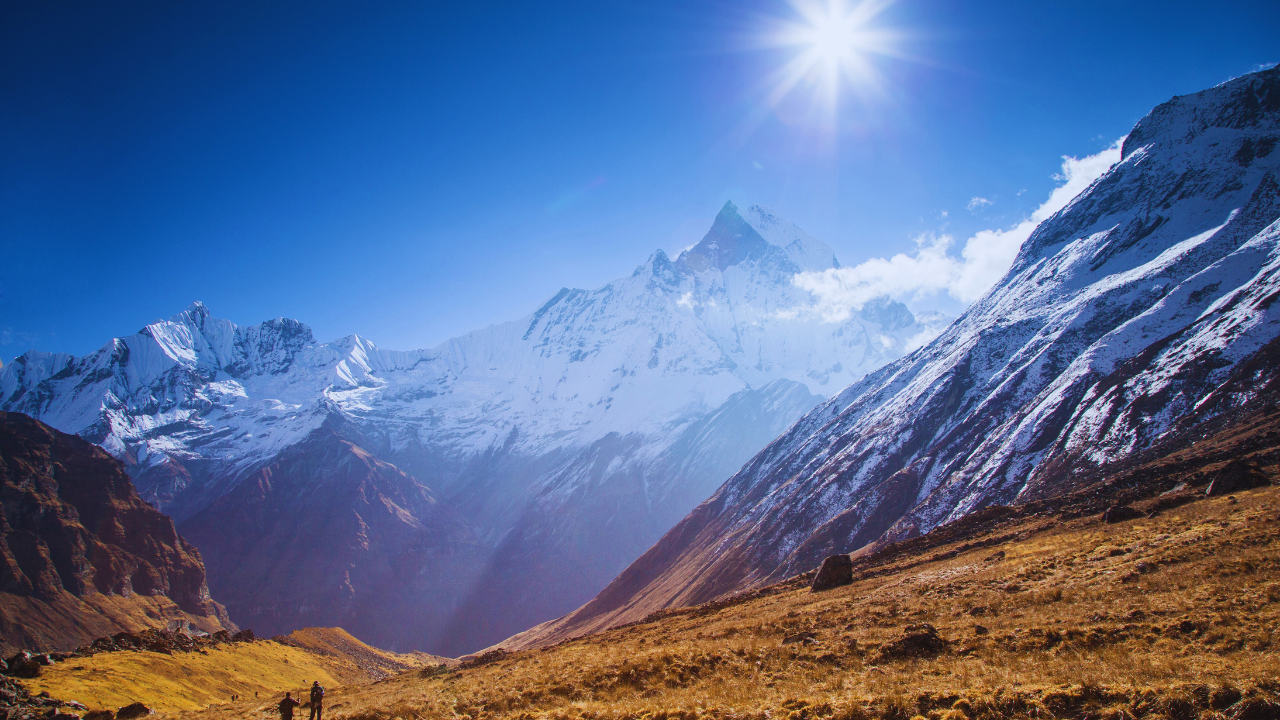
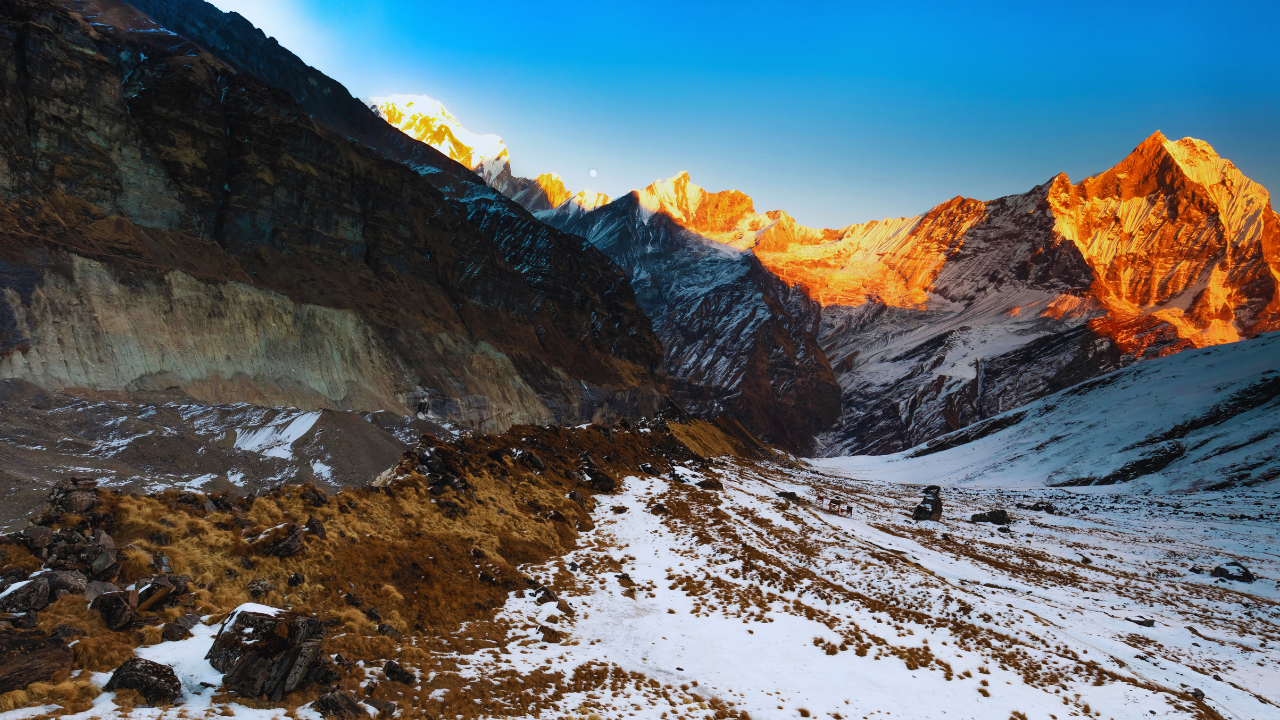
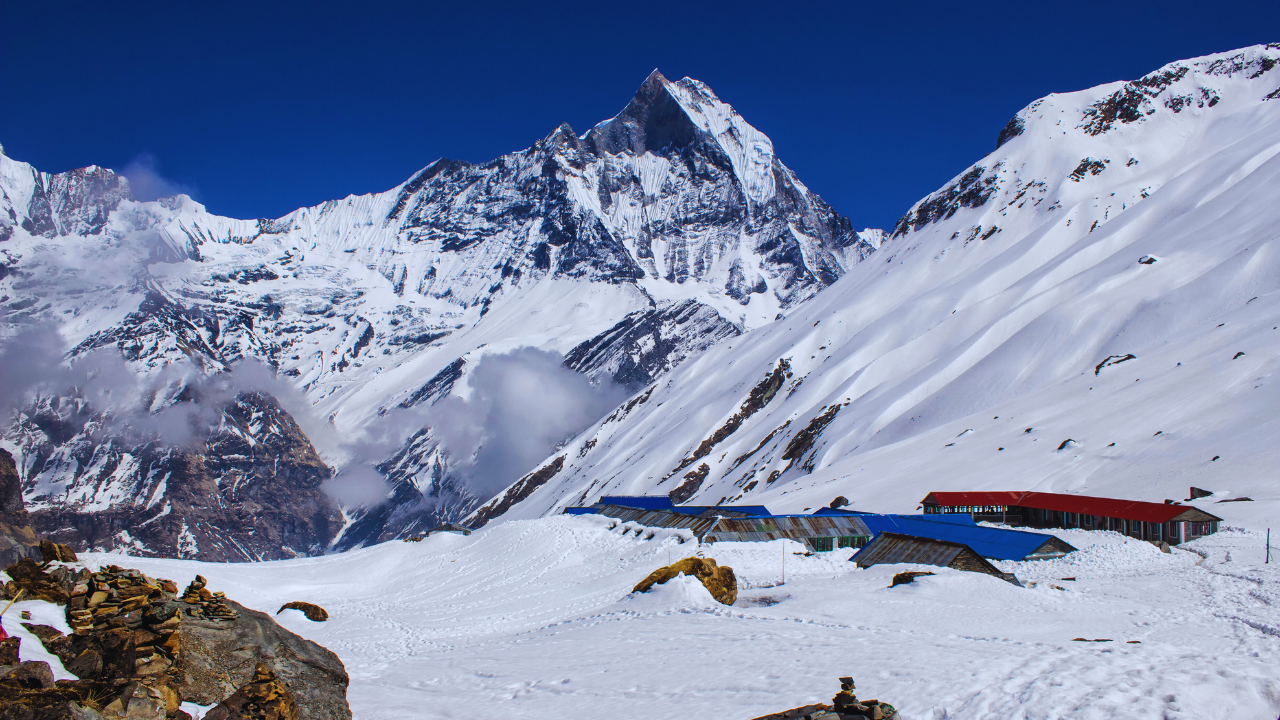
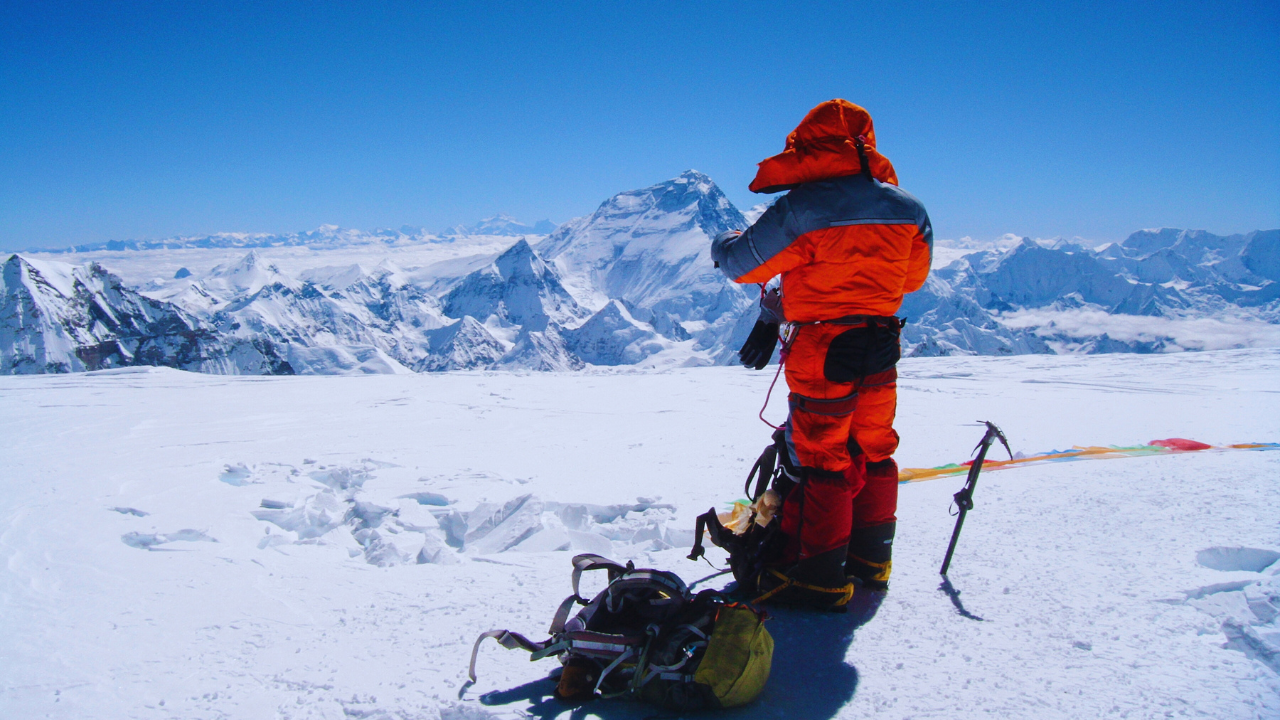
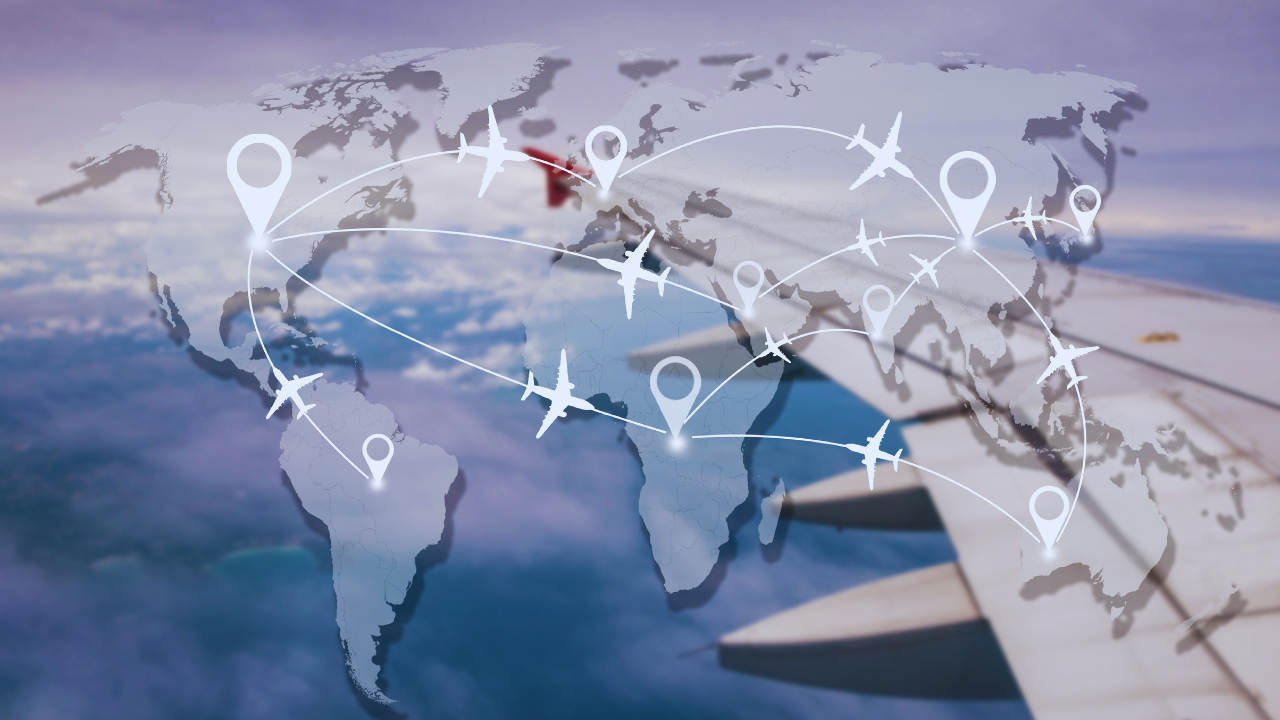


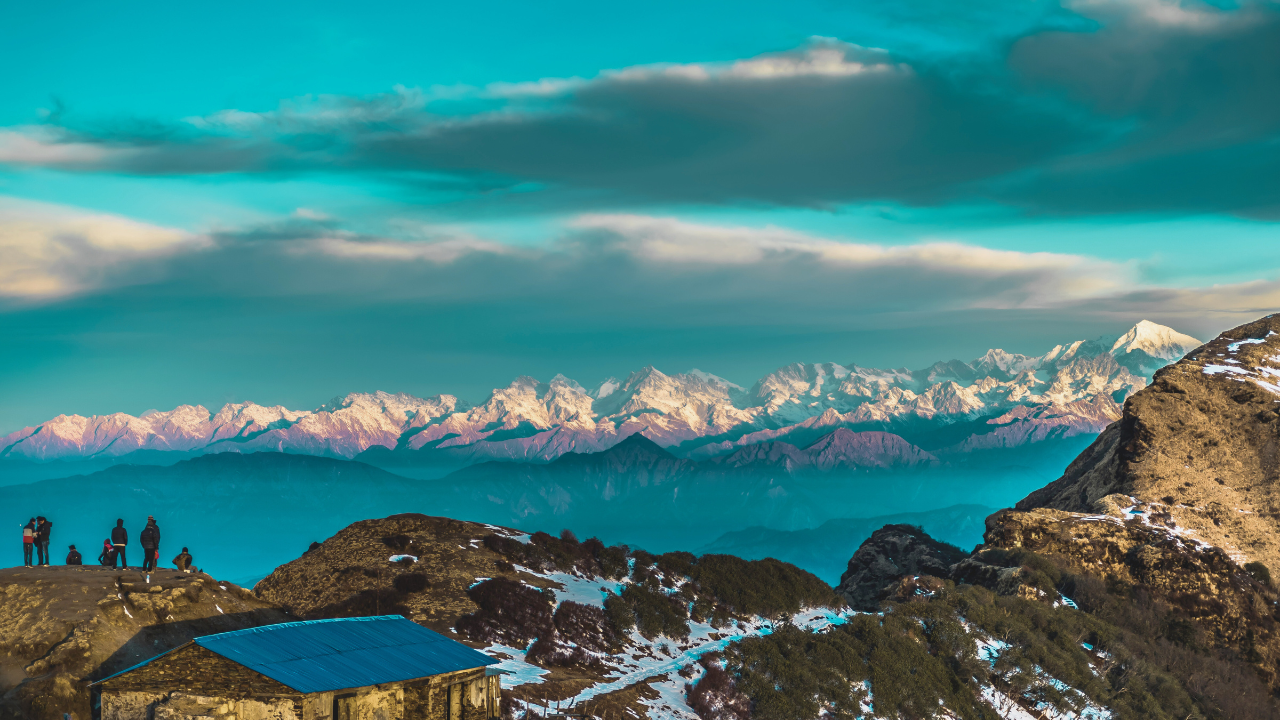







































Comments